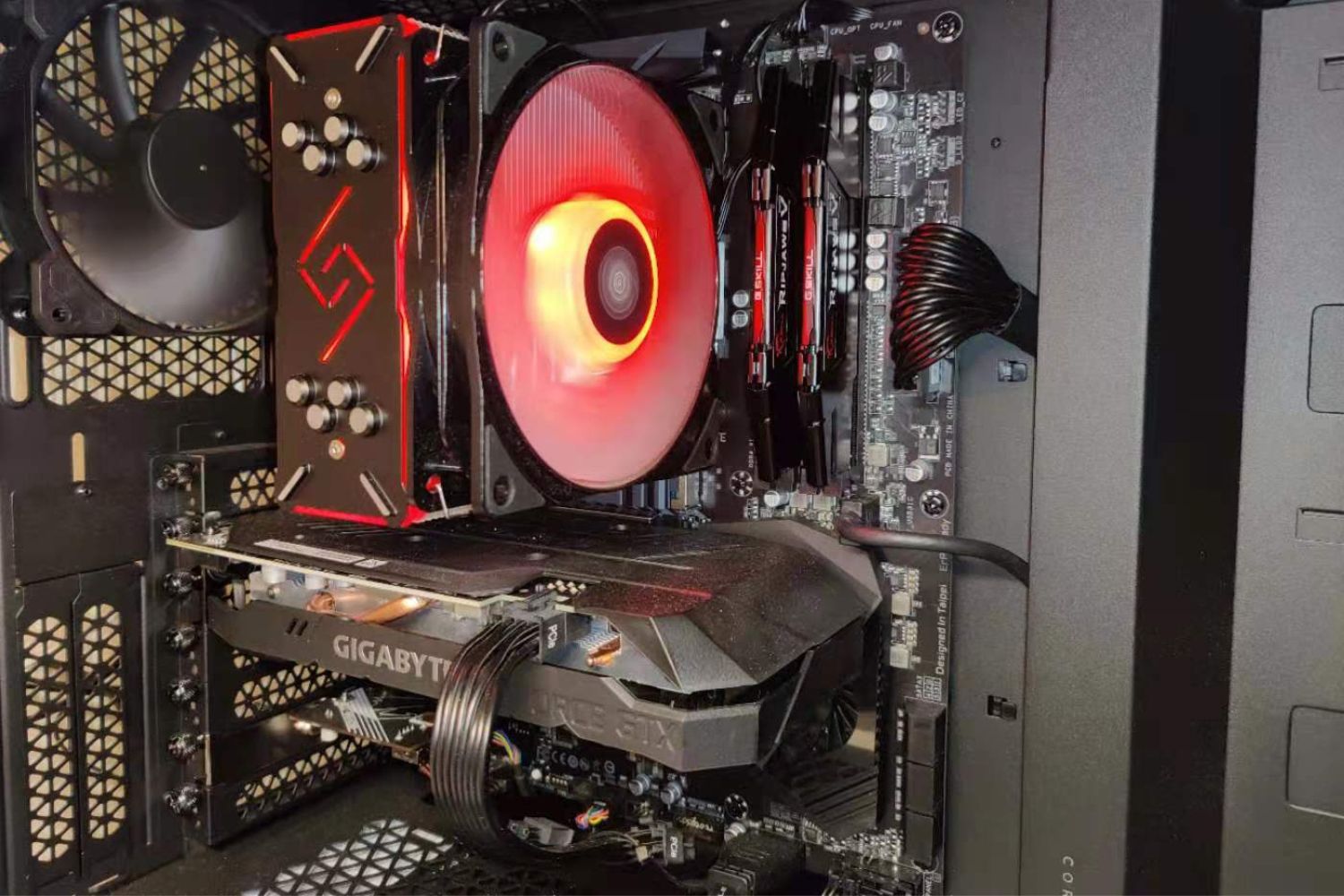The CPU cooler is an essential component of your machine that helps dissipate the heat generated by the CPU.
Under normal circumstances, the fan spins at varying speeds to maintain an optimal temperature.
We will discuss the possible causes of this noise and guide you on how to diagnose the issue.

Additionally, we will provide some potential solutions to help fix the problem.
So, lets dive into the details and get to the bottom of this intriguing clicking noise.
What Causes Rapid Clicking From CPU Cooler When Under Load?
Lets take a closer look at the potential causes:
1.
The rapid clicking noise could be a result of the fan speed variations.
As the processor temperature fluctuates, the fan adjusts its speed accordingly, which can produce the clicking sound.
This is a normal response and does not necessarily indicate a problem.
Loose Components: Another possible cause of the clicking noise is loose components within the CPU cooler.
Inspecting and tightening any loose components can often fix this mess.
Removing any obstructions or repositioning cables can eliminate the clicking sound.
Fan Bearing Issues: If the clicking sound persists, it might indicate a problem with the fan bearings.
Over time, the bearings can wear out, leading to irregular movements and clicks.
In this case, replacing the fan may be necessary to address the issue.
Faulty Fan Controller: Sometimes, a faulty fan controller can cause the fan to generate clicking noises.
The fan controller regulates the fan speed based on temperature sensors.
If the controller malfunctions, it can cause the fan to behave erratically, resulting in the clicking sound.
Troubleshooting or replacing the fan controller can help resolve this problem.
Here are some common reasons for the rapid clicking noise and how to diagnose them:
1.
Observe if the clicking takes place if the fan speed increases or decreases.
If the noise aligns with the fan speed changes, its likely a normal response to temperature fluctuations.
Loose Components: Inspect the CPU cooler for any loose screws or fasteners.
Gently wiggle the cooler to check for any movements or rattling.
Fan Blades Hitting Obstacles: Examine the area around the fan blades for any obstructions.
Check for any cables, wires, or other components that might be in contact with the blades.
Carefully move or secure any obstructing elements away from the fan to see if the clicking noise disappears.
Use a non-metallic object, such as a plastic straw, to stop the fan from spinning momentarily.
Faulty Fan Controller: Test the fan controller by adjusting the fan speed manually.
Check for any firmware updates and reset the controller to its default tweaks.
If the issue persists, consider replacing the faulty fan controller.
Now, lets move to the next section to explore some potential solutions for eliminating the clicking noise.
Ensure that the fan is functioning properly and that your computers temperatures remain within acceptable ranges.
Tighten Loose Components: If you discovered loose screws or fasteners during the diagnosis process, tighten them securely.
Use a screwdriver or appropriate tool to ensure all components of the CPU cooler are firmly attached.
This should help reduce vibrations and eliminate the clicking noise.
Check for any cables, wires, or other components that may be interfering with the fans rotation.
If these steps do not address the issue, consider replacing the fan controller.
Ensure that you purchase a compatible replacement and follow the manufacturers instructions for installation.
Remember to take precautions when working with computer components to avoid any damage.
Now, lets conclude this article with a summary of the key points discussed.
However, its important to understand that not all clicking noises indicate a serious problem with your hardware.
If the noise persists, it could be due to fan blades hitting obstructions or fan bearing issues.
Carefully inspecting the area around the fan and removing any obstructions can address the issue.
Maintaining a cool andquiet CPU coolerensures optimal performance and prolongs the lifespan of your gear.
By taking the necessary steps, you could enjoy a silent and efficient computing experience.